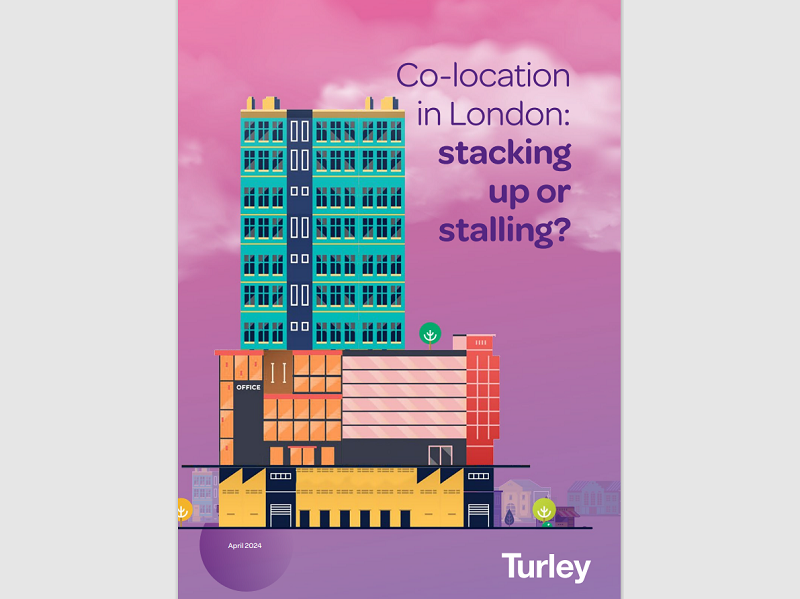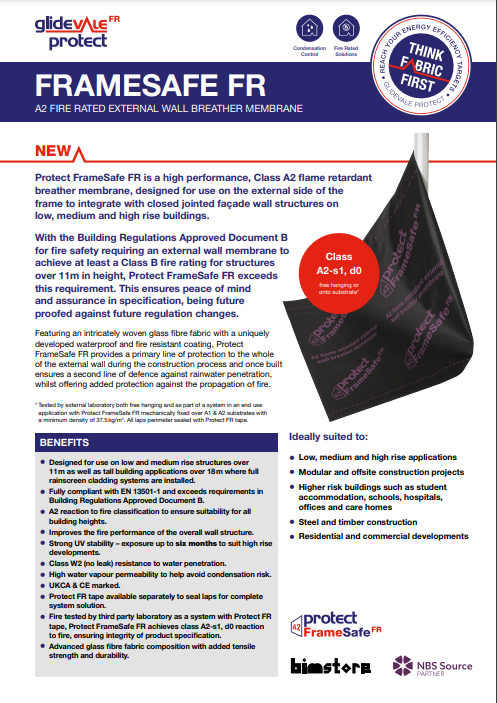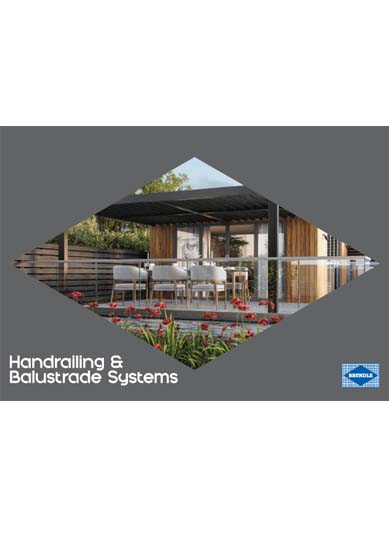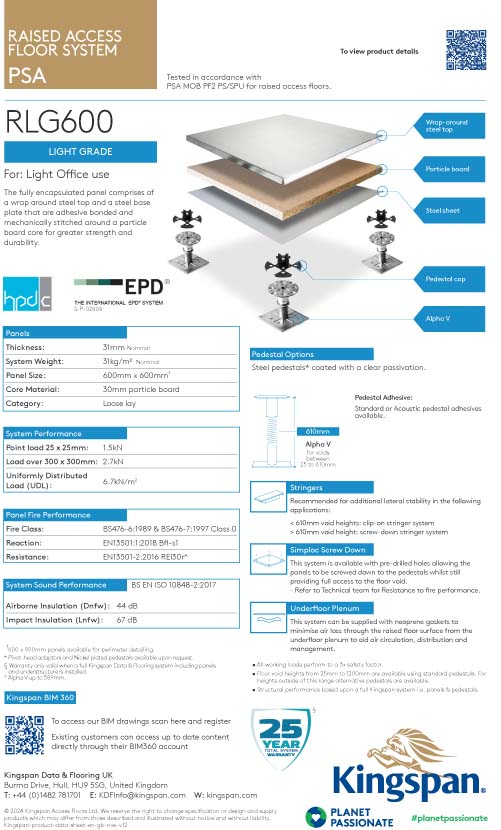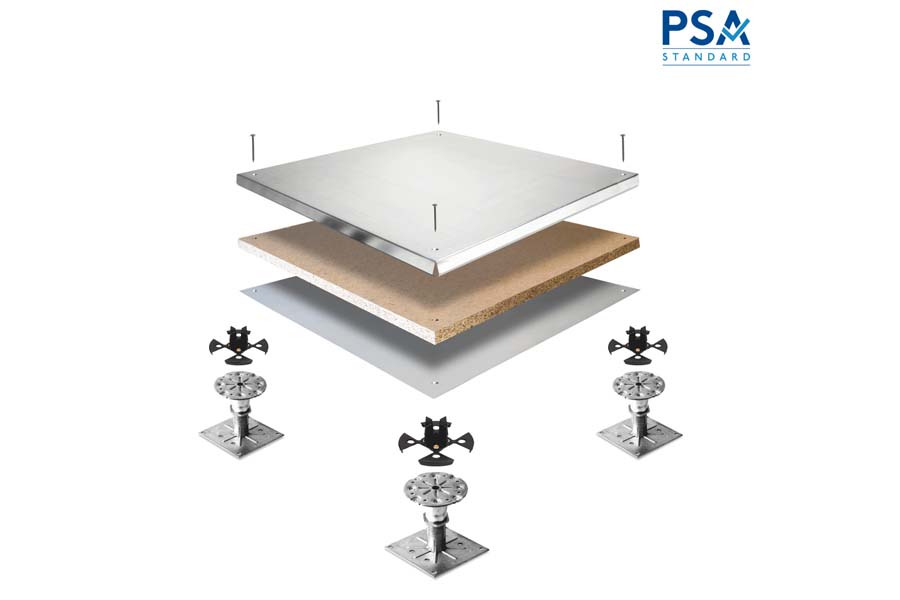The RIBA has announced the shortlist for Rethink: 2025 – an international design competition for our post-pandemic world.
Rethink: 2025 invited architects and students to consider what life could look like by 2025 and to respond to one or more of the following areas on the future of: healthcare spaces, remote learning, high density living, public transport, high streets vs online shopping, international travel and the use of technology to monitor and control populations.
The judging panel – made up of five design leaders and radical thinkers, chaired by RIBA Journal Editor, Hugh Pearman – have selected a shortlist of 12 proposals.
Key themes explored by the Rethink: 2025 shortlist include: ideas to reclaim the streets to make them safer and greener, proposals to change existing buildings to make outdoor spaces more accessible, and plans to repurpose redundant offices and shops to create vibrant new community facilities.

The Rethink: 2025 shortlisted entries are:
A Catalogue of Regeneration, Andrew Jackson
This project proposes a series of incremental improvements that can be made to streets and houses. The step-by-step guide sets out five key stages of regeneration, starting with repairing potholes, through to the creation of 'woonerf' zones – traffic calmed streets, and ultimately work to improve and expand individual homes. With sustainability at its heart, this idea works with the existing buildings, using inner city Manchester terraces as the case study within the proposal.
Childbirth Made Personal, Sarah Joyce, University of Leeds
This entry was presented through emotive drawings that drew out of the impact of the pandemic on childbirth and the essential element of touch. Using the coronavirus concept of ‘bubbles’ and virtual connections, Childbirth Made Personal suggests that the way we design will change with the use of light-touch interventions and personalised pathways. It encapsulates the idea of the ‘safe outside’ versus the unsafe inside, where births take place. It gently describes how the birthing experience will be affected by thinking of ‘people as carriers of infectious diseases and surfaces as transmitters’.
Community Retrofit, Farrells
This proposal details the reinvention of commuter hubs and tourist destinations of city centres as localised districts with less travel, homeworking and very limited shopping. Empty department stores and half-used office spaces are retrofitted with a school, an urban farm, new homes, bars, cafés, collaborative working spaces and leisure facilities in close proximity, providing maximum opportunities for social interaction and chance encounters.
Eco-Archi Post Covid, Khan Bonshek
This proposal seeks to address challenges faced by ethnic minority communities who have been disproportionately affected by coronavirus. Often excluded from planning decision-making, ethnic minorities also often live in more built-up and polluted areas. This idea seeks to address this through engaging the local community and working with local government to make tangible changes. Presented in the form of a comic, the proposal focuses on Newham which has the highest air pollution in London. It proposes making it the Green Lungs of London by radically cutting road traffic on domestic streets and changing the culture of car driving.
Far off is close at hand, Haslam & Co Architects
This proposes a clever way to repurpose existing buildings through a reimagining of the high street. Converting existing shops into homes that still function as a point of exchange – with spaces for meeting and entertaining.
Greater London Agriculture, Tim Rodber and Dominic Walker
The most ambitious proposition in terms of scale, this idea centres around agriculture becoming interwoven with the city – tiny mapped patchworks of food production linked over time by corridors of biodiversity. From community orchards to seaweed farms based around existing green spaces and low carbon transport links – this an agroecological approach to land use and a green innovation network. Local, regenerative food production is intended to build respect for food, offer super-fresh seasonal produce. In increasing biodiversity and allowing wider ecosystems to recover it could also play a part in reducing threats of future pandemics.
Get Everyone In, Benjamin Holland, Olivia Dolan, Katie Williams
The project proposes reusing empty office space to house the homeless. Through the redesign of office towers, it suggests the inclusion of communal health facilities on ground level, bringing nature into the space with gardens at the mid-level and translating a deep plan office floor into hostel-style bedrooms on upper floors, with space left to accommodate some office workers.
House Farm - Peru, Kenyi Kevin and Sulca Quichca, Universidad Nacional de Ingenieria
Explicitly set in the Villa Maria del Triunfo district of Lima, this proposes a timber extension to create a new space between private home and public social space. It offers hydroponic growing space for fruit and vegetables. It appeals to the desire for food security sparked by the pandemic and would reduce crowds in markets say the designers.
Post Pandemic Exchange, Elle Thompson, University of Nottingham (pictured)
This proposal tackles the use and function of three buildings types and the streets around them. Garden streets are created in city centres, improving the journeys that remain. While shops and high streets are out of favour, this entry argues that entrepreneurship can flourish in the form of markets and rooftop exercise classes with bank frontages taken over by ambitious bakery businesses. The final condition that is examined is that of the much neglected suburbia. Prefabricated extensions expand homes and front gardens to take over the streets.
Streets are Made for Walking, People Matter.
This project takes the reduced capacity of public transport and the increased space allocated to cycling and pedestrian infrastructure. It develops a method for implementing ‘Shared Streets’ with cleaner, greener, safer environments. Modelling is done on Holloway Road, an arterial route in North London. Placemaking and ‘purposeful’ streets are a priority in stage one to 2025, helping build local identity. 2025-2035 would see the development of ‘inter-neighbourhood connections, in lateral rings expanding from the city centre’ – increasing the potential for polycentricity and reducing demand on the city centre.
Village City, Stephen Macbean
This proposal suggests a new rural model to revive denuded villages - producing the facilities of a town for a cluster of villages. How do we allow villages to retain their character but be fit for the future? How do we re-invest the concept of localism? And how do we capitalise on the improved air quality and the move to zero carbon? The village-city would include a health centre; care home; sheltered housing; shops; bank or post office; cafe; learning resource centre for workshops and evening classes; office for meetings and small businesses; gym or sports hall; renewable energy centre. Ideally all this would be 10,000 steps (4km) there and back from each village – a healthy, walkable distance. And around this centre the proposal is to plant 40,000 trees interspersed with running and cycling trails.
Window Living, Alice Vivoda, Patricia Schleeh, Eva Setz Kengen and Mark Kengen, The University of Edinburgh
With outdoor space being more important than ever before, Window Living gives those without immediate access to such space a chance to have it retrofitted. Window Living proposes a clever window that can swing open into a balcony or a half bay to be enjoyed as a semi-outdoor bench – giving different states of interaction with nature, neighbours and the city. ‘Step out of the box and through the window,’ urge the designers. For lockdown recurrences and rainy days, the set up also acts as a virtual window with HD screen, allowing a full perspective so communication is not just from behind the computer.
Hugh Pearman, Editor of RIBA Journal and Chair of the Judging Panel said: “The shortlisted entries show architects applying their analytical and design skills to adapt to the new problems we face – ranging from reducing viral spread, to re-using redundant buildings – using all the tools of apps and AI as well as bricks and mortar - to imagine a better future.”
The winner of the Rethink: 2025 competition will be announced on Monday 27 July.







